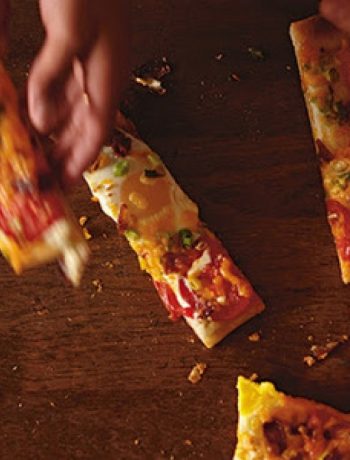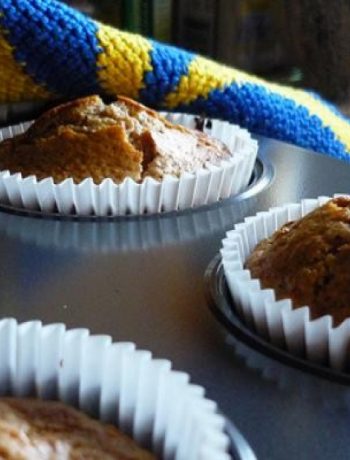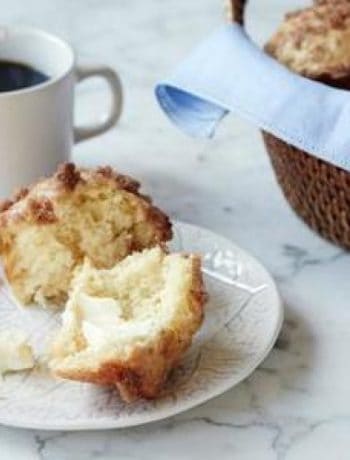
TipWhy Do We Celebrate Christmas on Dec. 25?
There are several reasons Christmas is celebrated on Dec. 25. The date is nine months after March 25, a day recognized by Christians as Annunciation. It was the day Mary was told she would was having a baby. The nine months that follow are an approximation of Jesus’ birth. Dec. 25 also coincides with pagan Winter Solstice celebrations like Saturnalia’ and Dies Natalis Solis Invicti. Since they were historically celebrated around that time of year there was precedent for holiday festivities during this time of year.
Read More
1 of 9
Next: What Does the Name ‘Christmas’ Mean and What Is the Meaning of Christmas?
TipWhat Does the Name ‘Christmas’ Mean and What Is the Meaning of Christmas?
Christmas is a shortened from the words “Christ’s mass.” It’s derived from the Middle English word “Cristemasse” which has Greek, Hebrew and Latin origins. Christmas is an annual holiday that honors the birth of Jesus Christ. It is celebrated by Christians around the world and is regarded as an important religious and cultural holiday.
Read More
2 of 9
Next: How Can We Celebrate Christmas?
TipHow Can We Celebrate Christmas?
Christmas is traditionally celebrated in many ways and celebrations vary across cultures. In the days leading up to Christmas, people usually put up special decorations including colorful lights and evergreen trees. Gifts are often placed under the tree and exchanged on Christmas day among loved ones. Large meals are also typically served as part of the celebration as well.
Read More
3 of 9
Next: How to Store Eggs
TipHow to Store Eggs
Eggs should keep a consistent and low temperature. This is best achieved by placing their carton in the center of your fridge. The eggs should also remain in their original packaging to avoid the absorption of strong odors. It is wise to follow the “best by” date to determine overall freshness, but eggs can be tested by simply dropping them into a bowl of water. Older eggs will float while fresh eggs will sink. This is due to the size of their air cells, which gradually increase over time. Cooked eggs have a refrigerator shelf life of no more than four days, while hard-boiled eggs, peeled or unpeeled, are safe to consume up to one week after they’re prepared.
Read More
4 of 9
Next: How to Cook Eggs
TipHow to Cook Eggs
The beauty of an egg is its versatility. Eggs can be cooked in a variety of ways. Here are some tips in accomplishing the four most common preparations. Scrambled: Whip your eggs in a bowl. The consistency of your scrambled eggs is a personal preference, though it seems like the majority of breakfast connoisseurs enjoy a more runny and fluffy option. In this case, add about ¼ cup of milk for every four eggs. This will help to thin the mix. Feel free to also season with salt and pepper (or stir in cream cheese for added decadence). Grease a skillet with butter over medium heat and pour in the egg mixture. As the eggs begin to cook, begin to pull and fold the eggs with a spatula until it forms curds. Do not stir constantly. Once the egg is cooked to your liking, remove from heat and serve. Hard-boiled: Fill a pot that covers your eggs by about two inches. Remove the eggs and bring the water to a boil. Once the water begins to boil, carefully drop in the eggs and leave them for 10-12 minutes. For easy peeling, give the eggs an immediate ice bath after the cooking time is completed. For soft-boiled eggs, follow the same process, but cut the cooking time in half. Poached: Add a dash of vinegar to a pan filled with steadily simmering water. Crack eggs individually into a dish or small cup. With a spatula, create a gentle whirlpool in the pan. Slowly add the egg, whites first, into the water and allow to cook for three minutes. Remove the egg with a slotted spoon and immediately transfer to kitchen paper to drain the water. Sunny Side Up/Over Easy/Medium/Hard: For each of these preparations, you are cracking an egg directly into a greased frying pan. For sunny side up, no flipping is involved. Simply allow the edges to fry until they’re golden brown. To achieve an over easy egg, flip a sunny side up egg and cook until a thin film appears over the yolk. The yolk should still be runny upon serving. An over medium egg is flipped, fried, and cooked longer until the yolk is still slightly runny. An over hard is cooked until the yolk is hard.
Read More
5 of 9
Next: How to Freeze Eggs
TipHow to Freeze Eggs
Eggs can easily be frozen, but instructions vary based on the egg’s physical state. As a general rule, uncooked eggs in their shells should not be frozen. They must be cracked first and have their contents frozen. Uncooked whole eggs: The eggs must be removed from their shells, blended, and poured into containers that can seal tightly. Uncooked egg whites: The same process as whole eggs, but you can freeze whites in ice cube trays before transferring them to an airtight container. This speeds up the thawing process and can help with measuring. Uncooked yolks: Egg yolks alone can turn extremely gelatinous if frozen. For use in savory dishes, add ⅛ teaspoon of salt per four egg yolks. Substitute the salt for sugar for use in sweet dishes and/or desserts. Cooked eggs: Scrambled eggs are fine to freeze, but it is advised to not freeze cooked egg whites. They become too watery and rubbery if not mixed with the yolk. Hard-boiled eggs: As mentioned above, it is best to not freeze hard-boiled eggs because cooked whites become watery and rubbery when frozen.
Read More
6 of 9
Next: How to Freeze Pork
TipHow to Freeze Pork
Pork fares best in the freezer if packaged with freezer-friendly materials like waxed paper, aluminum foil, or heavy-duty plastic bags.
Wrap any meat tightly so that air does not escape and freeze at 0°F. Generally, fresh cuts of pork can last up to six months, while ground pork can last up to three.
Read More
7 of 9
Next: How to Thaw Pork
TipHow to Thaw Pork
Pork is easiest to thaw when placed in the refrigerator in its original wrapping. Small roasts will take three to five hours per pound, while larger roasts can take up to seven hours per pound. Thawing ground pork depends entirely on the thickness of its packaging.
It is safe to cook frozen or partially-frozen pork, but its cooking time may take 50 percent longer. Frozen pork should not be cooked in a slow cooker.
Read More
8 of 9
Next: How to Store Pork
TipHow to Store Pork
Sealed pork products can typically last in the fridge for two to four days, with ground pork having a slightly shorter shelf life at one to three. Ham or other smoked pork products like bacon can be stored for up to a week, though this only applies to products that aren’t vacuum sealed or prepared with preservatives. The latter can obviously last a lot longer.
Read More
9 of 9
Next: Why Do We Celebrate Christmas on Dec. 25?
This recipe takes the best sweet-savory flavors of breakfast and combines them into one dish. We tweaked the classic British Toad in the Hole recipe to create an Americanized breakfast version. Mix together an easy batter of cornmeal, flour, milk, and eggs, and when you’re ready to eat, heat up a cast-iron skillet and the oven. Brown some breakfast sausages in the skillet, pour in the batter, drizzle with maple syrup, and let the whole thing bake up in the oven into one big sweet-savory pancake. Slice into wedges and serve with extra syrup and some home fries on the side. Game plan: The batter can be made up to 1 day ahead and stored in an airtight container in the refrigerator. Be sure to whisk it to recombine everything before using.
Ingredients:
- 1/2 cup fine-ground yellow cornmeal
- 1/2 cup all-purpose flour
- 1 tablespoon granulated sugar
- 3/4 teaspoon fine salt
- 1/2 teaspoon baking powder
- 1 cup whole milk
- 2 large eggs
- 2 tablespoons unsalted butter (1/4 stick)
- 14 uncooked breakfast sausage links (12 ounces)
- 3 tablespoons maple syrup, plus more for serving
Instructions:
- 1Whisk together the cornmeal, flour, sugar, salt, and baking powder in a large bowl. Add the milk and eggs and whisk until just combined and no streaks of flour remain; set aside. (The batter can be made up to 1 day ahead, covered with plastic wrap, and stored in the refrigerator.)
- 2Heat the oven to 375°F and arrange a rack in the middle.
- 3Melt the butter in a large cast-iron skillet over medium heat until foaming. Add the sausages and cook, turning occasionally, until browned all over and cooked through, about 10 minutes. Transfer to a large plate.
- 4Whisk the batter to recombine, then pour it into the skillet in an even layer. Arrange the sausages on top of the batter in a single layer and drizzle the measured maple syrup over the surface of the batter and sausages. Transfer the skillet to the oven and bake until the batter is puffed, cooked through, and golden brown on the bottom, about 15 minutes.
- 5Cut into wedges and serve immediately, passing more maple syrup on the side.
- Share on Facebook
- Share on Reddit
- Save (240)




No Comments